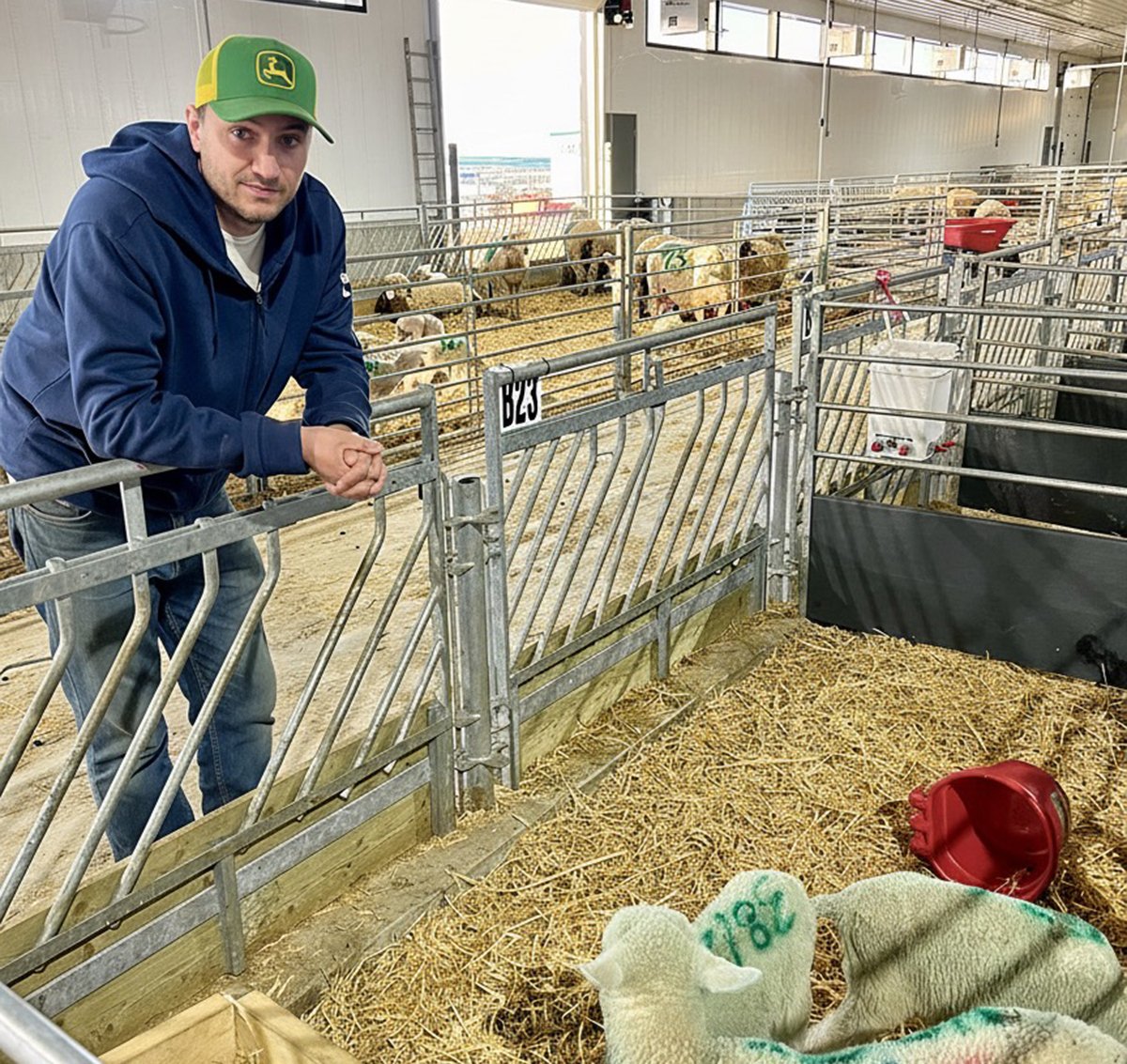COCHRANE, Alta. — Horse owners need to know basic first aid because a veterinarian is not always nearby.
“First aid is something every horse owner should know,” said Calgary horse trainer Ron Anderson.
Horse owners can learn to treat minor problems, administer de-wormers and give vaccinations, he told a horse workshop held in Coch-rane April 29.
The veterinarian should be called for dentistry problems, colic, serious wounds and lameness.
A basic first aid kit is recommended on the farm, and it is worth knowing the horse’s vital signs such as temperature, heart beat and respiration, said veterinarian Brettly Battistone of Burwash Equine Services in Calgary.
Read Also

Solar, sheep provide valuable farm diversification
Eric Steeves says raising sheep on forages grown under solar panels provided economic stability and perhaps even saved his family’s fifth generation southern Alberta grain farm.
“These are things you can learn to do at home,” she said. “It is a good status check for your horse. If its temperature is elevated, that is something you should get concerned about.”
A horse’s normal temperature is 38 C, heart beat is 36 to 42 beats per minute and respiration is eight to 20 breaths per minute. Changes could indicate illness or stress.
- Veterinarian’s phone number.
- Four disposable diapers and duct tape that can be used for hoof bandaging.
- Thermometer and records of the horse’s normal temperature and heart rate.
- Latex gloves.
- Sheet cotton or quilted stable wipes.
- Self adhesive bandage material.
- Non-adhesive wound dressing.
- Bandage scissors.
- 4 x 4 gauze squares.
- Roll gauze.
- Paper towels or clean hand towels in a big sealable plastic bag.
- Flashlight.
- Hoof pick.
- Bottled water.
- Betadine iodine.
- Vhlorhexidine or povidone iodine solution.
- Cleaning solution for wounds.
- Triple antibiotic or other wound treatment.















